To provide the best experiences, we use technologies like cookies to store and/or access device information. Consenting to these technologies will allow us to process data such as browsing behaviour or unique IDs on this site. Not consenting or withdrawing consent, may adversely affect certain features and functions.
The technical storage or access is strictly necessary for the legitimate purpose of enabling the use of a specific service explicitly requested by the subscriber or user, or for the sole purpose of carrying out the transmission of a communication over an electronic communications network.
The technical storage or access is necessary for the legitimate purpose of storing preferences that are not requested by the subscriber or user.
The technical storage or access that is used exclusively for statistical purposes.
The technical storage or access that is used exclusively for anonymous statistical purposes. Without a subpoena, voluntary compliance on the part of your Internet Service Provider, or additional records from a third party, information stored or retrieved for this purpose alone cannot usually be used to identify you.
The technical storage or access is required to create user profiles to send advertising, or to track the user on a website or across several websites for similar marketing purposes.
 The concept of coworking has only been with us for a short time, but there are already signs that it is evolving into something rather different. The most common misperception about the way evolution works is that it is based on some steady progression, driven by the merciless principle of survival of the fittest, with the best adapted climbing towards the top of an evolutionary tree. This gives rise to one of the most common questions posed by sceptics: if we evolved from apes, why are there still apes?
The concept of coworking has only been with us for a short time, but there are already signs that it is evolving into something rather different. The most common misperception about the way evolution works is that it is based on some steady progression, driven by the merciless principle of survival of the fittest, with the best adapted climbing towards the top of an evolutionary tree. This gives rise to one of the most common questions posed by sceptics: if we evolved from apes, why are there still apes?





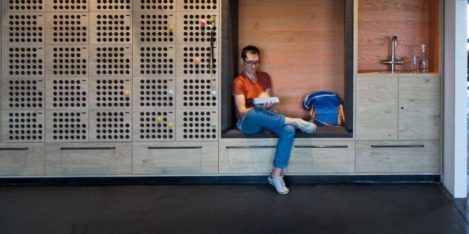
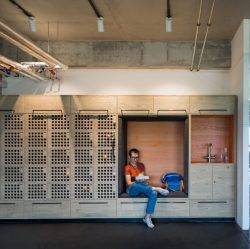


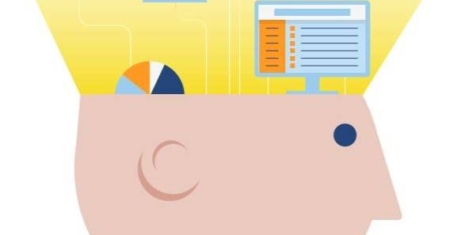





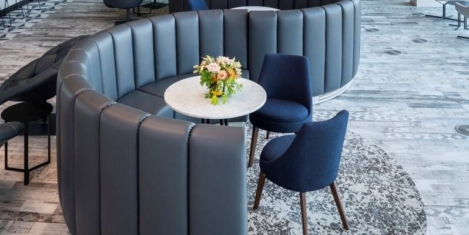
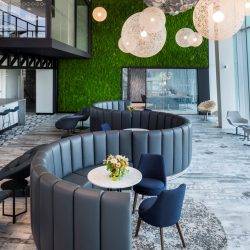
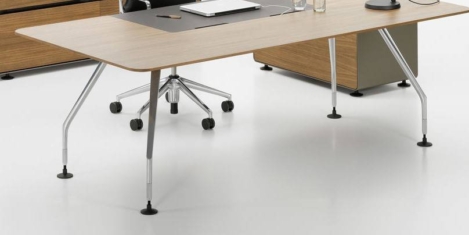

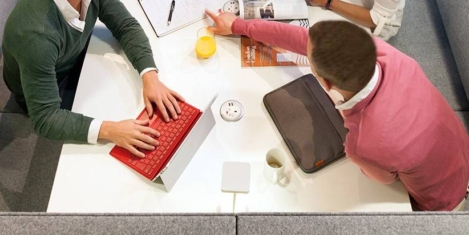

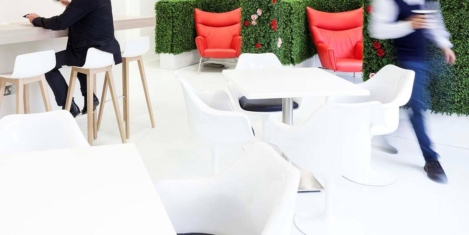
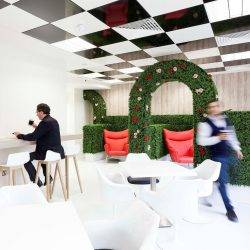
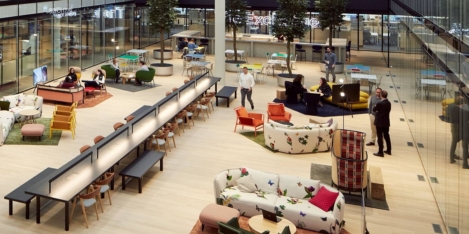
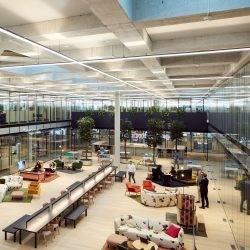









May 1, 2019
Your company has a culture, whether you have designed one or not
by Jonathan Richards • Comment, Workplace
(more…)